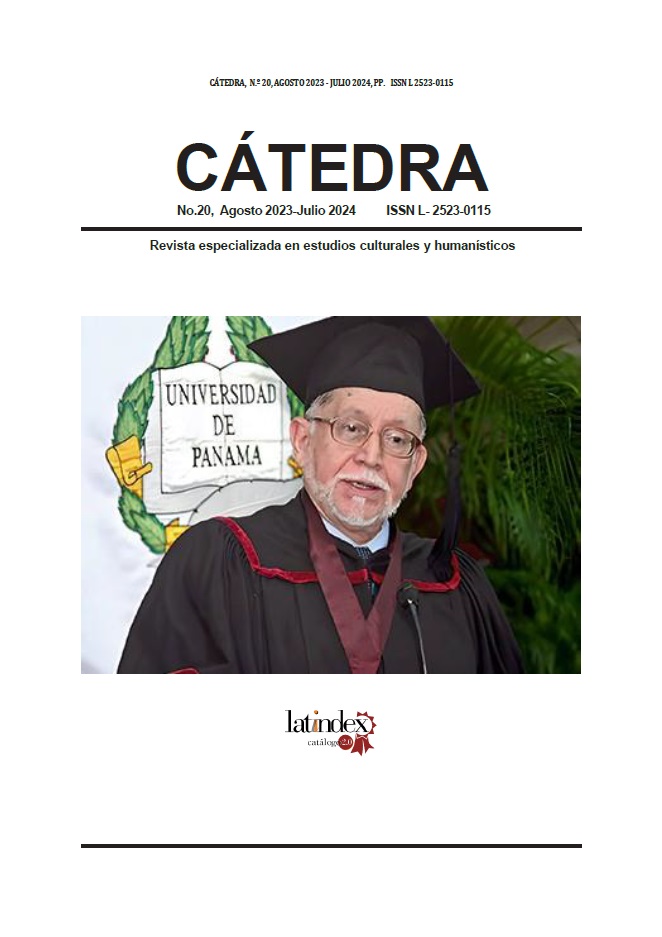

Copyright (c) 2023 Cátedra

This work is licensed under a Creative Commons Attribution-NonCommercial-ShareAlike 4.0 International License.
The work that is presented below is a case study that approaches the writing in Spanish of first-year Ngäbe students of the School of Spanish of the University of Panama. These students find it difficult to write a text in Spanish, since their language has completely different grammatical structures from ours. For this, the work has been based on the textual grammar based on the RAE’s New Basic Grammar of the Spanish Language (2011) and on the Guaymí (Ngäbe) Language Grammar (2008) written by Miguel A. Quesada Pacheco, among others. The objective of the work is to analyze the writing in Spanish of Ngäbe students to determine the difficulties in the realization of the plural. The method used is contrastive from the establishment of contrasts between the native language and the target language. The study is mixed and includes the count of errors in three texts (quantitative) and the analysis (qualitative) of the errors. It is concluded that the elements most affected in the pluralization have been the nominal phrases, followed by the prepositional phrases. The importance of going much deeper into ancestral languages and the prevailing need for teacher training in the teaching of L2 is visualized.